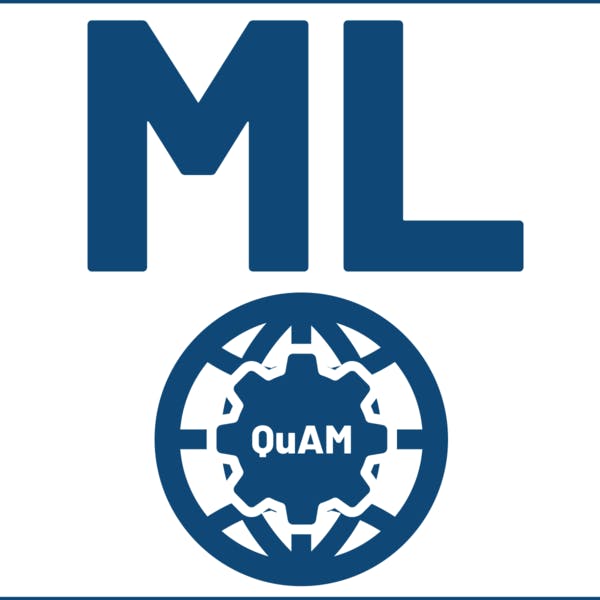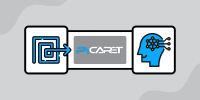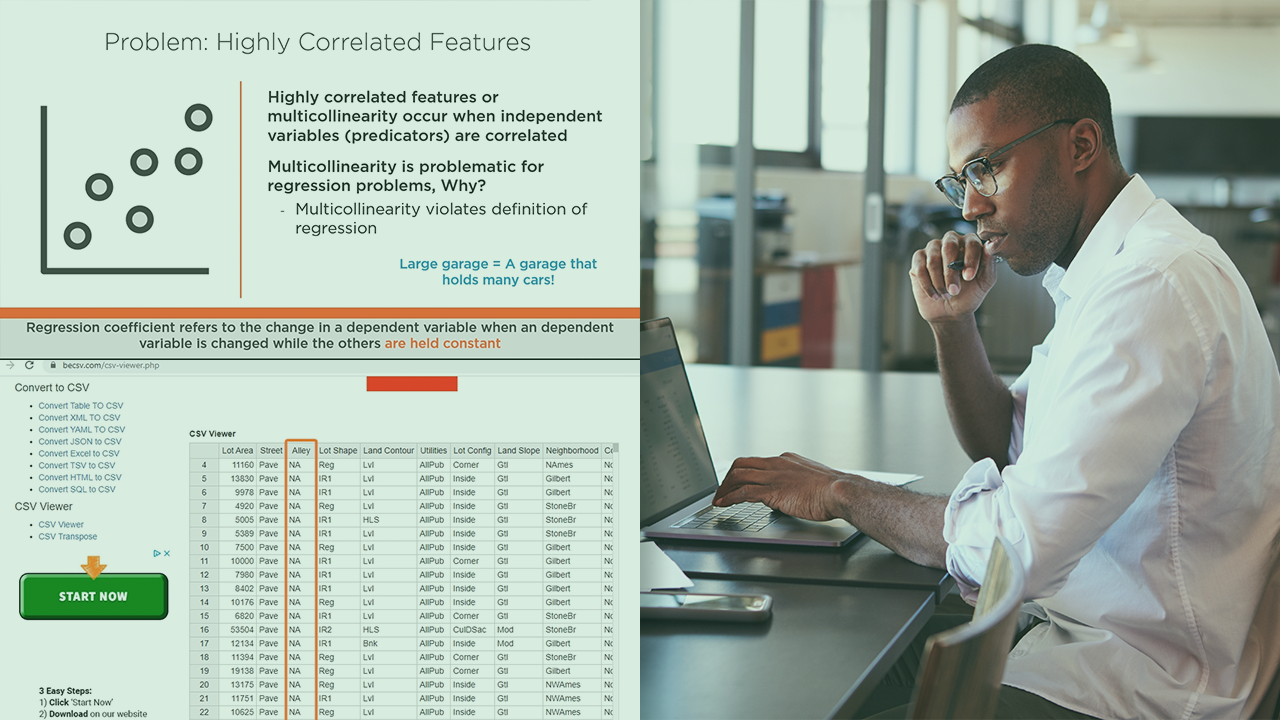Description
This course will teach you the fundamentals of trading, such as trend, returns, stop-loss, and volatility. You will learn how to identify the source of profit and the structure of basic quantitative trading strategies. This course will teach you how to assess how well the model generalises its learning, the differences between regression and forecasting, and how to create development and implementation backtesters. You will be able to use Google Cloud Platform to build basic machine learning models in Jupyter Notebooks by the end of the course.
To succeed in this course, you should have advanced Python programming skills as well as familiarity with machine learning libraries such as Scikit-Learn, StatsModels, and Pandas. SQL knowledge is recommended. You should have a foundational knowledge of financial markets as well as a background in statistics (expected values and standard deviation, Gaussian distributions, higher moments, probability, and linear regressions) (equities, bonds, derivatives, market structure, hedging).
Syllabus :
1. Introduction to Trading with Machine Learning on Google Cloud
- Class Overview - Who these courses are for
- Course Overview Introduction to Trading with Machine Learning on Google Cloud
- What is AI and ML ? What is the difference between AI and ML?
- Applications of ML in the Real World
- What is ML?
- Game: The importance of good data
- Brief History of ML in Quantitative Finance
- Why Google?
- Why Google Cloud Platform?
- What are AI Platform Notebooks
- Using Notebooks
- Benefits of AI Platform Notebooks
- What do we want to model? Let's start simple
- Demo: Building a model with BigQuery ML
- How to use Qwiklabs for your Labs
- Lab Intro: Building a Regression Model
- Lab Walkthrough: Building a Regression Model
- Trading vs Investing
- The Quant Universe
- Quant Strategies
- Quant Trading Advantages and Disadvantages
- Exchange and Statistical Arbitrage
- Index Arbitrage
- Statistical Arbitrage Opportunities and Challenges
- Introduction to Backtesting
- Backtesting Design
2. Supervised Learning with BigQuery ML
- What is forecasting? - part 1
- What is forecasting? - part 2
- Choosing the right model and BQML - part 1
- Choosing the right model and BQML - part 2
- Lab Intro: Forecasting Stock Prices using Regression in BQML
- Lab Walkthrough: Forecasting Stock Prices using Regression in BQML
3. Time Series and ARIMA Modeling
- What is a time series?
- AR - Auto Regressive
- MA - Moving Average
- The Complete ARIMA Model
- ARIMA compared to linear regression
- How can you get a variety of models from just a single series?
- How to choose ARIMA parameters for your trading model
- Time Series Terminology: Auto Correlation
- Sensitivity of Trading Strategy
- Lab Intro: Forecasting Stock Prices Using ARIMA
- Lab Walkthrough: Forecasting Stock Prices using ARIMA
4. Introduction to Neural Networks and Deep Learning
- Short history of ML: Neural Networks
- Short history of ML: Modern Neural Networks
- Overfitting and Underfitting
- Validation and Training Data Splits
- Course Recap + Preview of next course









